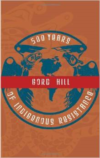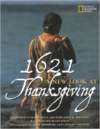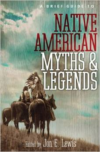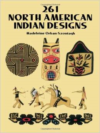Description
The Galisteo Basin is an ancient seabed| site of volcanic upheaval.
The fertile basin provided temporary hunting and farming grounds for wanderers| and then became the home of Pueblo peoples who survived drought| warfare| disease| and invasion for almost a thousand years before the arrival of the Spanish.
Down Country is the history of five centuries of the Southern Tewa Pueblo Indian culture that rose| faltered| reasserted itself| and ultimately| perished in the Galisteo.
The basin| twenty-two miles south of Santa Fe| is widely regarded as one of the richest archaeological regions of the country.
It is unknown where the Galisteo Basin’s very first permanent settlers came from| nor the exact origins of the Tano| or Southern Tewa.
The Indians of the northern Rio Grande referred to the basin as the “Down Country Place|” or “Place Near the Sun.” Into this place the Tano Indians entered about 1250 AD and for three centuries made the place a center for culture and trade before they were finally expelled by the Spanish in 1782.
Their story is a powerful human history that is a microcosm of New Mexico’s dramatic| complex history of pre-European settlement and post-Spanish occupation.
Renowned writer and Galisteo resident Lucy R. Lippard synthesizes archaeological and historical research to create this landmark study ten years in the making| weaving together the many viewpoints of a century of study and research.
Acclaimed New Mexico photographer Edward Ranney contributes a portfolio of eighty documentary images of the Galisteo Basin’s ancient sites| shrines| rock art| and striking landscape.






Reviews
There are no reviews yet.